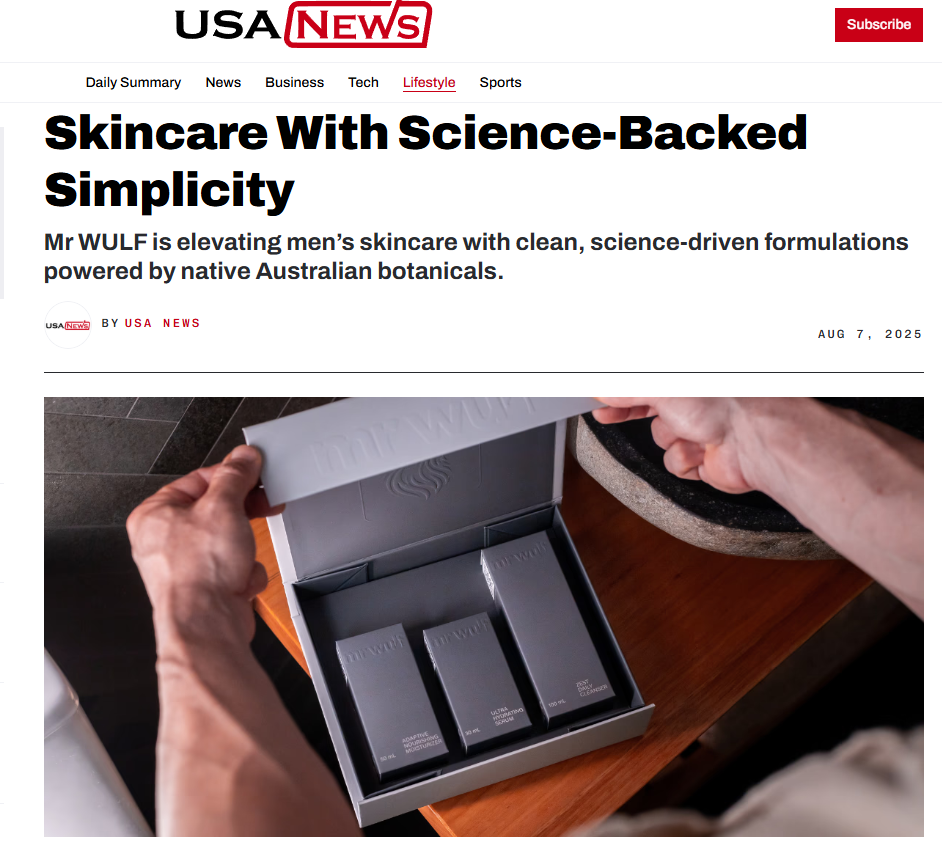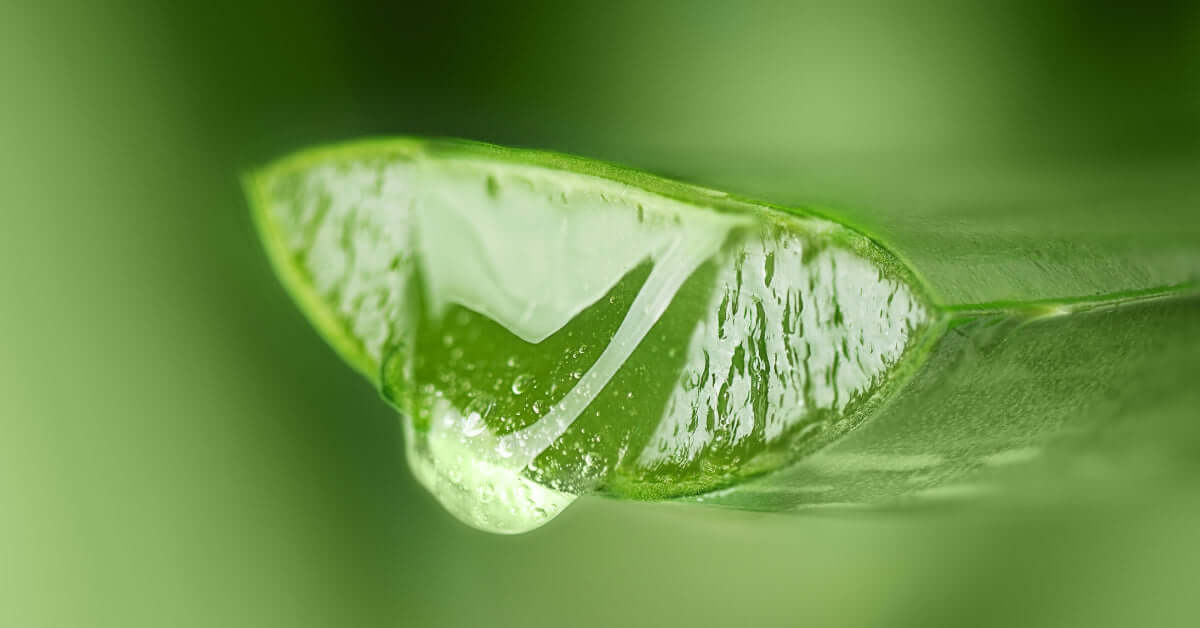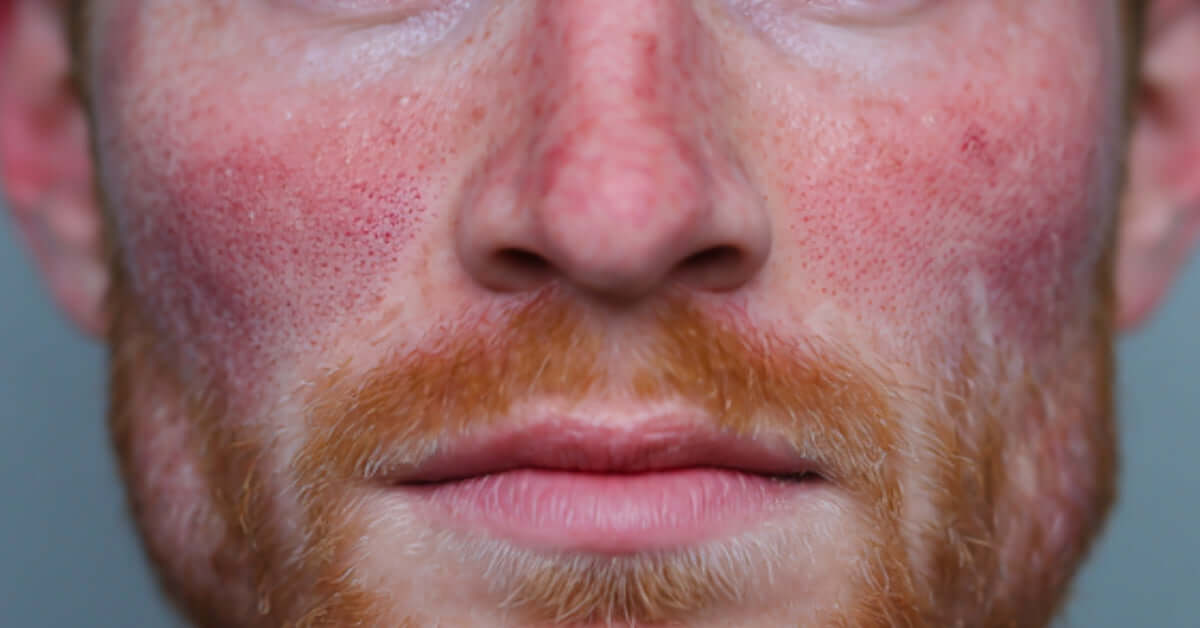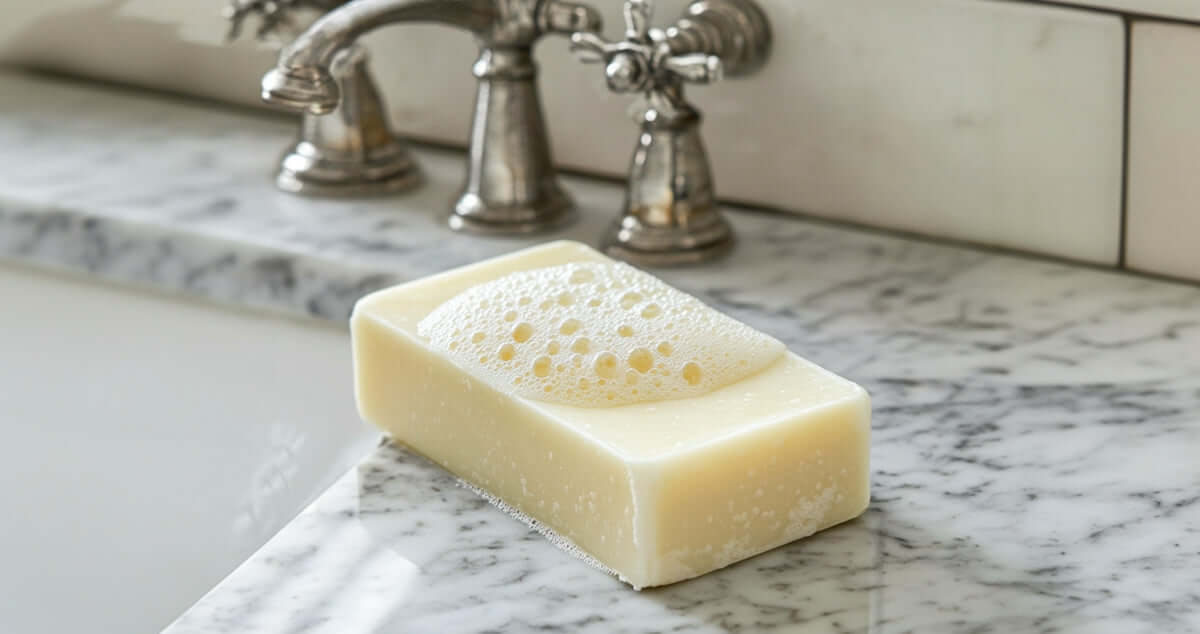Redefining Men’s Skincare With Science-Backed Simplicity
Postbiotics: The Future of Healthy Skin and Microbiome Balance
Discover why postbiotics—beneficial compounds created from fermented Australian botanicals—are revolutionizing skincare by balancing the skin microbiome, enhancing hydration, and calming inflammation.
Bio‑Fermented Australian Botanicals
Discover how native Australian botanicals like Kakadu Plum, Finger Lime, and Hibiscus are transformed through fermentation into potent postbiotic skincare actives. Backed by science, optimized for absorption, and tailored for real skin results.
How Postbiotics Talk to Skin Cells
Postbiotics don’t just sit on the skin—they speak to it. Discover how these bioactive compounds activate receptors, modulate immune response, and reinforce your skin barrier at the cellular level. This is skincare that works smarter, not harder.
Postbiotic Skincare Benefits for Sensitive Skin
Sensitive skin needs more than gentle ingredients—it needs intelligent ones. Discover how postbiotic skincare calms irritation, restores balance, and strengthens your skin barrier using fermented botanicals like aloe, seaweed, and hibiscus. Clinically backed, microbiome-safe, and built for long-term resilience.
Postbiotics Unleashed: Australian Botanical Power Through Advanced Bio-Fermentation
Unlike standard extracts that leave beneficial compounds locked away, our advanced bio-fermentation process releases potent aglycones, short-chain fatty acids, bioactive peptides, and protective exopolysaccharides—delivering up to 5x greater bioavailability and penetration that you can actually see and feel.
Male Grooming Tips for Your Best Skin Yet
Top 5 Skincare Myths Most Men Believe
The Science Behind Men’s Skin vs. Women’s Skin










